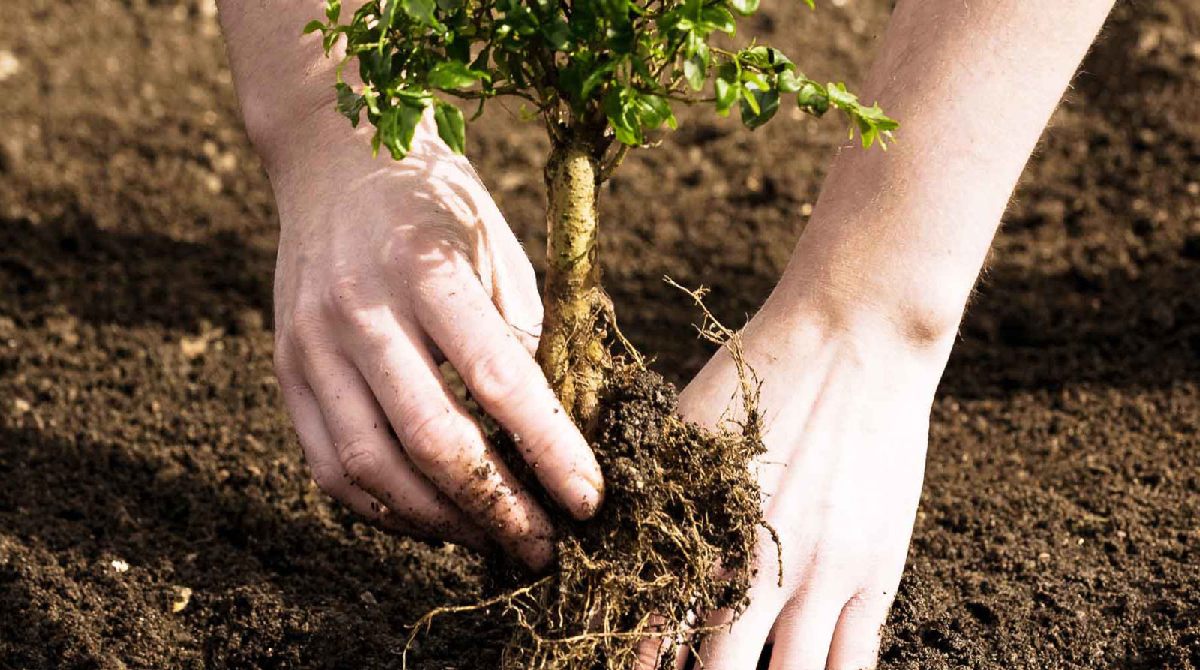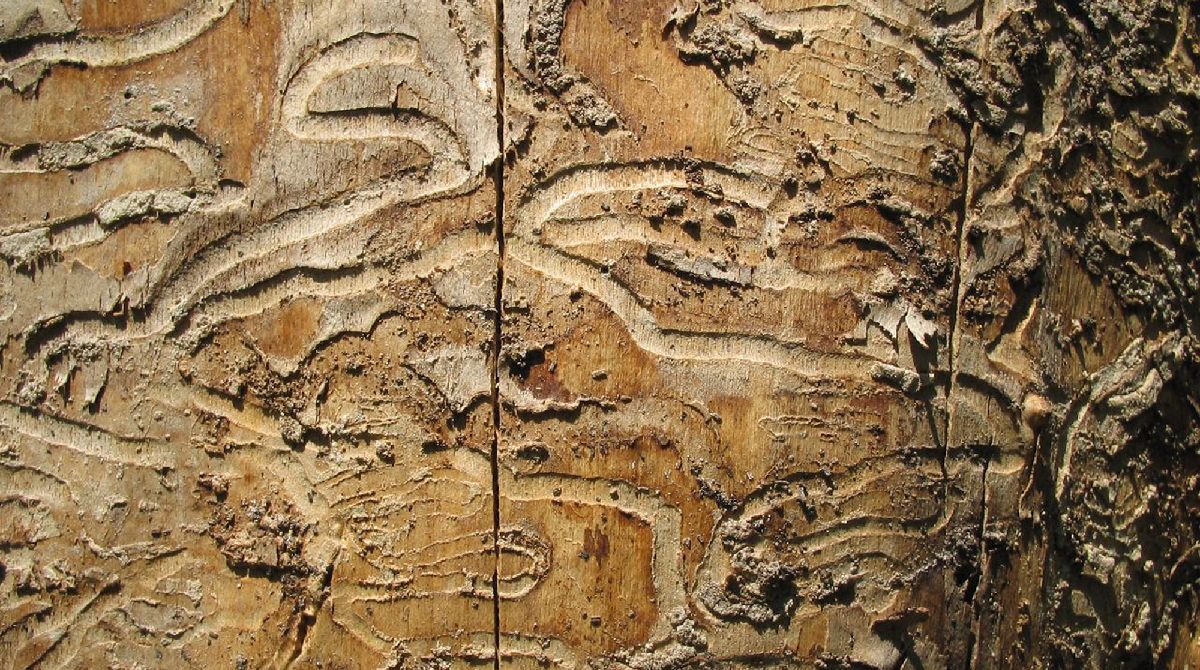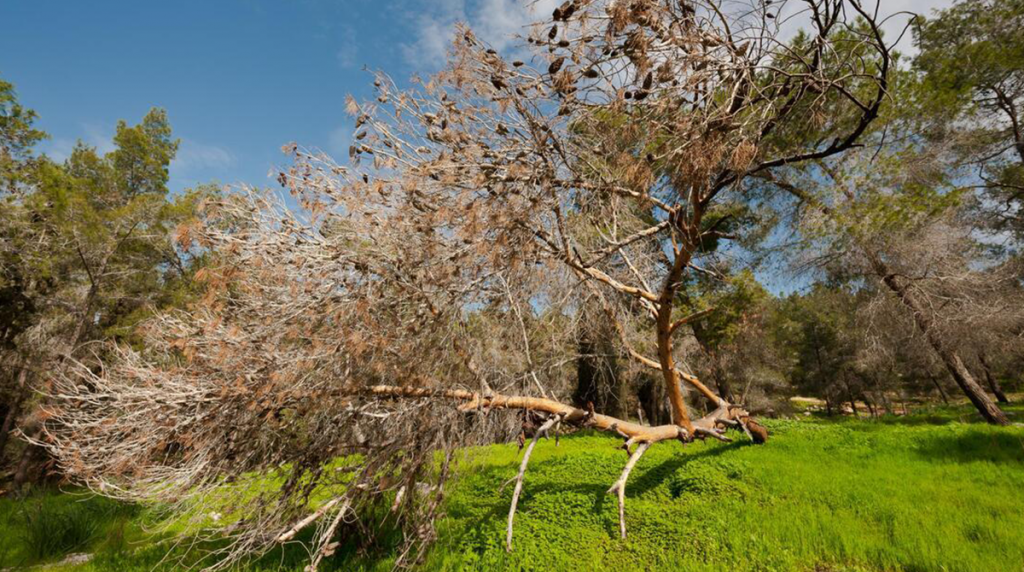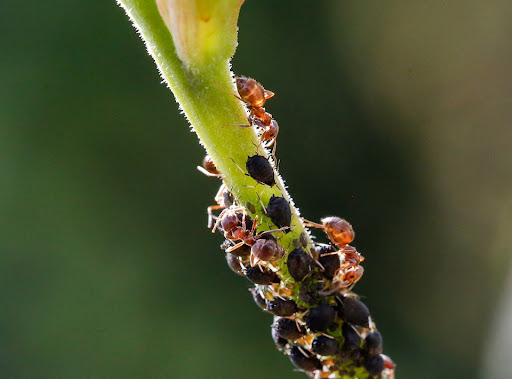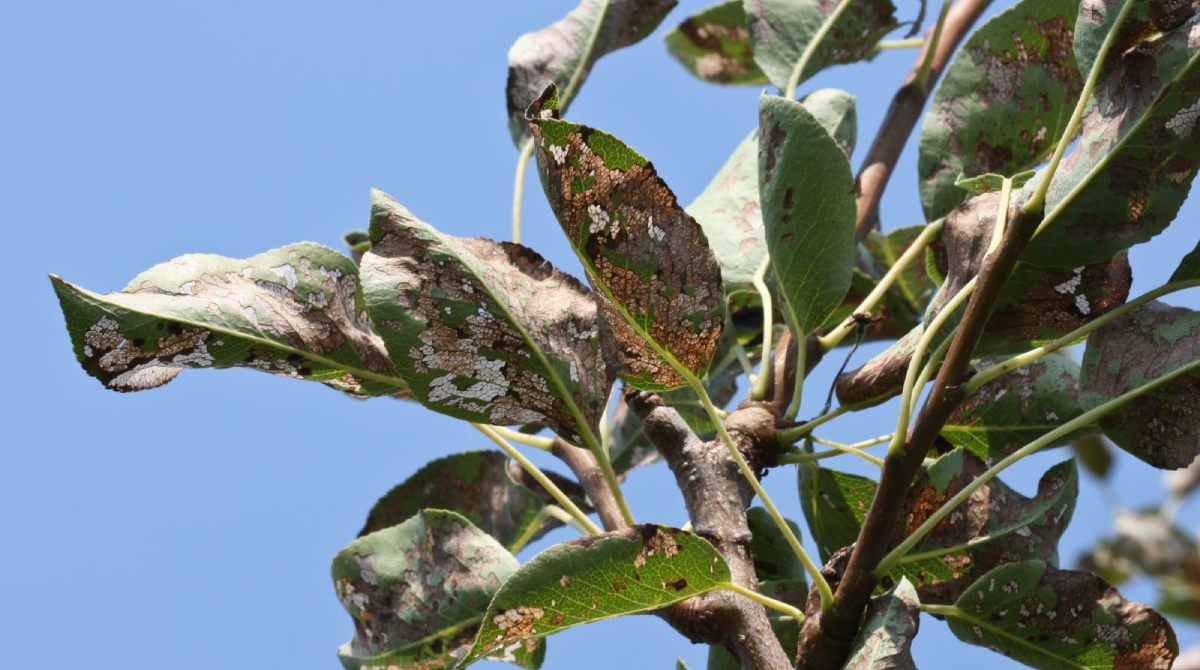
Date September 05, 2022
Category
As another scorching Texas summer comes to an end, Dallas residents look forward to cooler weather, fall leaf coloration, and the fresh start that comes with a new season. But with the beauty of autumn emerges new pests that can damage your trees. It’s important to be able to identify these pests and take steps to protect your trees from infestation. In this blog post, we will provide information on identifying common tree pests in North Texas, what to look out for, and how to manage them. Read on for more information on keeping your trees healthy this fall!
For the best Dallas tree care services, contact a TreeNewal Certified Arborist at (817) 592-6846 today.
Fall Tree Pest Guide
Fall Webworms – A common tree insect in Texas that hosts on several shade and ornamental trees. The larvae are about an inch long, covered in silky hairs, and their coloration ranges from pale yellow, gray, or reddish brown with two rows of spots along the back. This fall tree pest affects your tree’s appearance rather than threatening long-term tree health.
Signs: After they hatch, fall webworms begin spinning a flimsy silken web over the foliage they feed on. The webs can encase the tree’s crown, branches, or whole plants, leaving skeletonized leaves.
Control: Fall webworms have a host of natural predators that typically keep infestation at bay. However, webworm nests can be pruned from trees and destroyed. Homeowners can also use a long pole to remove webs and larvae from the high branches. In severe cases, chemical pesticides can treat extreme infestations.
Susceptible trees include broadleaf and hardwood species like:
Crape Myrtle Bark Scale – A fall tree pest that spends the winter in nymph and pupa stages feeding on crape myrtle trees in North Texas. This common fall insect causes concern since crape myrtle trees are prized for their beauty and are frequently planted in residential and commercial landscapes.
Signs: Crape myrtle bark scale is easily identifiable by their felt-like white or gray encrustations sticking to the bark of crape myrtle trees. They can be seen anywhere, ranging from small twigs to large trunks. The first sign of crape myrtle bark scale is often black sooty mold on tree bark. When crushed, the scales exude a pink blood-like liquid.
Control: This common pest can be difficult to control, but proper soil application of pesticides can manage severe populations. Before buying and planting a new crape myrtle tree, inspect the plant carefully for signs of bark scale. Homeowners can also wash the trunk and reachable limbs with a soft brush and a solution of water and mild dish soap to remove female scales and egg masses.
Twig Girdling Beetles – Also called the longhorned beetle, these fall tree pests are active every year from September to November.
Signs: Homeowners may notice small branches on the ground that look neatly and uniformly cut. These fall insects chew around and around a branch forming a V-shaped notch about the diameter of a pencil. They do not sever the branch but leave a small section connected to the center, which can easily break.
Control: When you find these branches on your lawn, the culprit has usually already left, so chemical pesticides aren’t recommended. Instead, collect and destroy the fallen branches, as they can contain up to 200 eggs that feed on the dead wood.
Susceptible trees include hardwoods and fruit trees like:
- Persimmon
- Pecan
- Hickory
- Elm
- Oaks
- Poplars
Deodar Weevil – This type of weevil attacks lower tree trunks, bases, and roots of woody, ornamental North Texas trees. Weevil pupae have a characteristic snout with a legless, cream-colored body. They are active during winter and bore under the bark to feed, molt, and grow. Young trees planted in poor sites are especially susceptible.
Signs: Deodar weevils are hard to spot since they feed beneath the bark, but they can sometimes girdle tree stems, causing them to die from the inside out. The bark may also swell over infested areas.
Control: This fall tree pest infects unhealthy, stressed trees, so the best treatment is prevention with regular tree maintenance. Healthy trees have natural defenses to fend off infestations, but trees recovering from drought stress are highly vulnerable, and the effect can be devastating. Keeping your trees hydrated, cool, and healthy during the summer is the best course of action, but pesticides can also manage severe infestations.
Susceptible trees:
- Almost all pine and spruce tree species
- Douglas-fir
- Trees planted in poor locations
- Stressed trees
Tree Insect Management
Proactive tree care is the key to protecting your trees again fall pests and diseases. Keeping your trees healthy and strong will allow them to develop natural resistance to manage insect populations. If your trees are recovering from heat or drought stress, contact an ISA Certified Arborist for a consultation and diagnosis.
TreeNewal Can Help
As a sustainable, full-service tree care company, our tree care specialists can provide you with a comprehensive treatment plan to prevent and manage tree pests year-round. Our tree doctors know all the aspects of insect and disease management.
If you need advice or assistance on how to keep your trees healthy this season, contact an ISA Certified Arborist or call us at (817) 592-6846 and enjoy tailored tree care services.
To learn more about Your Guide to Fall Tree Pests, call our Argyle and Southlake-based teams
at (817) 592-6846 or send us a message.
We’re a little different than the average tree services company.
Learn more about TreeNewal’s ISA Certified Arborists!
Our Dallas/Fort Worth-based tree doctors can explain how sustainable tree care services add more value to your bottom line.
Healthy trees, healthy lives.
